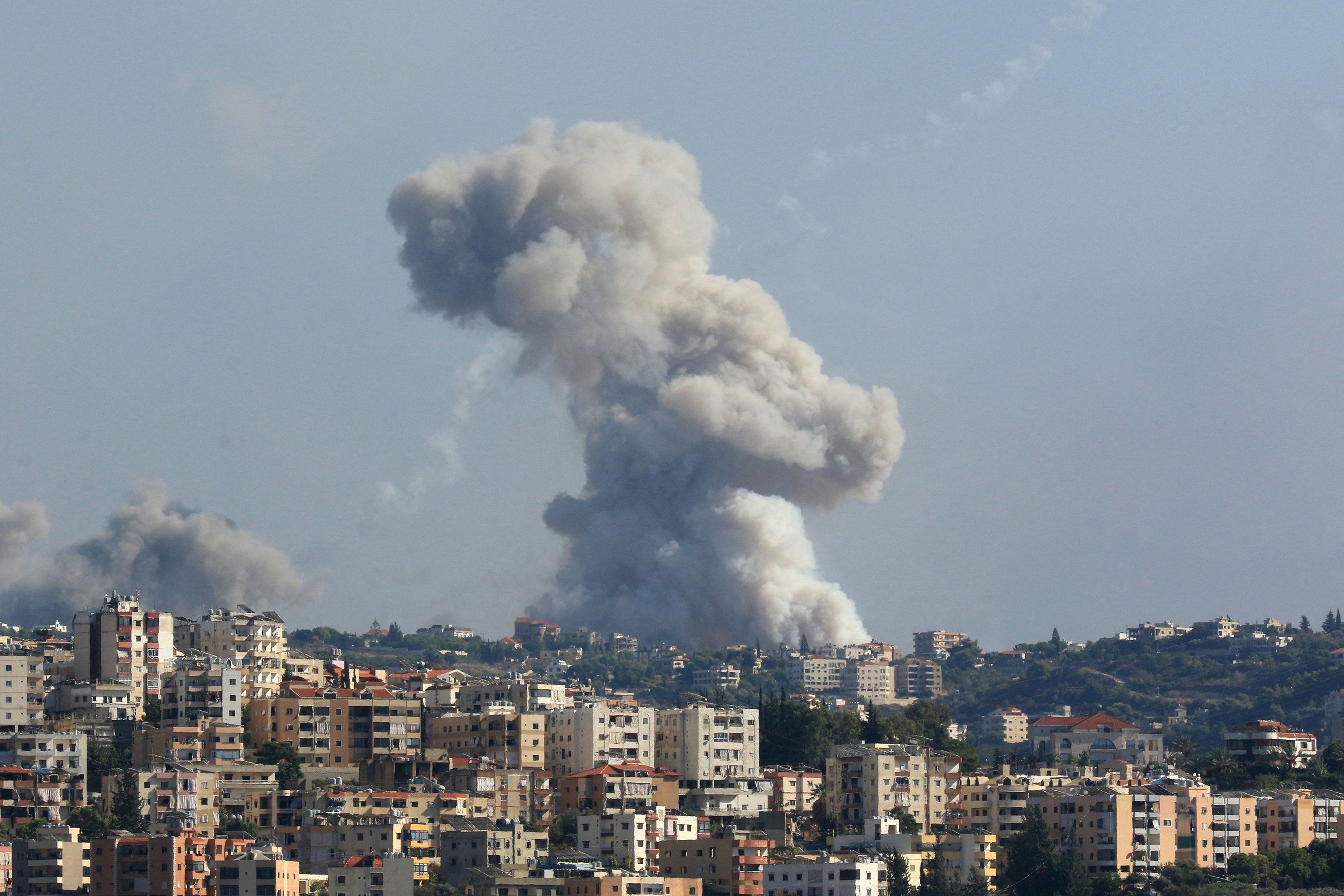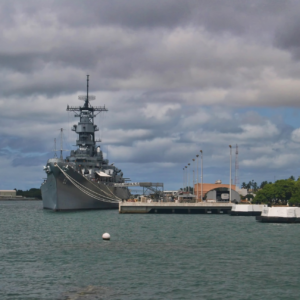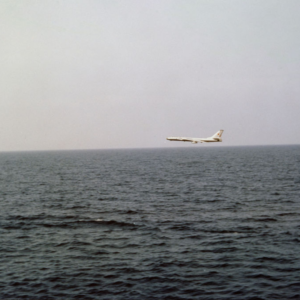How Hezbollah & Israel counter-attack after the Lebanon Explosion
This is how Hezbollah responded to Israel after the sophisticated pager and walkie-talkie explosions, which occurred across Lebanon.
They retaliated by launching guided missiles for the first time.
The three strikes were carried out using “Fadi-1” and “Fadi-2” missiles, as well as Katyusha rockets.
The first two strikes, targeting the Ramat David base, were in response to intense Israeli airstrikes on southern Lebanon.

The third strike, which targeted a military technology company, Rafael Advance System, which makes the Spike Missile animated in our Recent Video.
Additionally, Hezbollah launched over 100 rockets early Sunday across northern Israel, with some landing near the city of Haifa.
Israel then conducted a targeted strike in Beirut, hitting Hezbollah’s stronghold in the southern part of the city.
An aircraft, possibly an Ff-16, was dispatched to carry out the precision strike to take Out it’s most important commanders, Ibrahim Aqil.
Equipped with a laser-guided bomb similar to the highly advanced Spice Weapon —the aircraft locked onto the target.
The free fall guided weapon, travel with pinpoint accuracy, was released and struck the building with devastating force, causing a massive explosion claiming the life of the commander and 14 soldiers including civilians while they were having a meeting under the basement of the building.
Israel conducts “targeted strike” in Beirut despite U.S. warning against escalation after pager explosions
Beirut, Lebanon — The Israeli military said it carried out a “targeted strike” in Beirut on Friday, as social media video showed smoke rising from the site of an attack in the Lebanese capital. Lebanese health officials later said at least 14 people were killed and dozens were wounded in the strike.
The IDF said the strike “eliminated” a Hezbollah commander, Ibrahim Aqil, and other operatives. In a statement late Friday, Hezbollah confirmed Aqil’s death in the strike.
“During the strike, senior operatives in Hezbollah’s Operations Staff and commanders from the Radwan Unit were eliminated alongside Aqil,” the IDF said in a statement, claiming the killed Hezbollah operatives, including Aqil, had been planning an attack on Israel “in which Hezbollah intended to infiltrate Israeli communities and murder innocent civilians.”
The United States had previously offered a “reward of up to $7 million for information leading to the identification, location, arrest, and/or conviction” of Aqil, who it has said was a leader of Hezbollah in the 1980s, when the group claimed responsibility for the deadly 1983 bombing of the U.S. Embassy in Beirut.

The White House earlier warned both Israel and Iran-backed Hezbollah against “escalation of any kind” following this week’s synchronized pager and walkie-talkie explosions targeting Hezbollah members, but overnight, Israeli warplanes carried out dozens of strikes across southern Lebanon, and Hezbollah has continued firing back.
There were loud explosions and fires ignited by what the IDF said were strikes targeting hundreds of active Hezbollah rocket launchers in Lebanon early Friday. Hezbollah struck northern Israel again in a counterattack, killing at least two soldiers, according to Israeli officials.
The deadly escalation in violence followed a televised address from a weary-looking Hassan Nasrallah — the leader of Hezbollah — who admitted this week’s pager and walkie-talkie explosions had delivered a “severe blow” to the powerful group, which like Hamas has long been designated a terrorist group by Israel and the U.S.
Nasrallah accused Israel of not only violating “all red lines” with the explosions but of a “declaration of war.”
Israel has not publicly claimed the complex communications device attacks, but CBS News learned that American officials were given a heads-up by Israel about 20 minutes before the operations began in Lebanon on Tuesday. There were no specific details shared about the methods to be used.
For two terrifying days in Lebanon, thousands of low-tech communications devices — many used by Hezbollah members — exploded simultaneously across the country, wounding over 3,000 people and killing at least 37, including children, according to Lebanon’s health ministry.

In his address, Nasrallah vowed that Israel would not achieve its goal of enabling the return of tens of thousands of people displaced from their homes in northern border towns. Even as he spoke on Thursday, however, sonic booms echoed above Beirut as Israeli fighter jets roared over the city, flexing Israel’s military might.
But as the U.S. warning Thursday indicated, the next moves — be they further retaliation from Hezbollah or ground operations by the IDF against the group — could have major consequences.
“Ultimately, if they [Israel] do invade, they would have to occupy” southern Lebanon, regional analyst Makram Rabah told CBS News. “This would lead to a kind of a slow, depleting war for Israel, and this would, more importantly, legitimize Hezbollah.”
But hundreds of Hezbollah fighters were likely injured by the explosives attacks, which almost certainly left the group’s communications networks in complete disarray. And despite warnings from Israel’s defense chief of “a new phase” in the country’s war with Iran’s so-called proxy groups, and one IDF division already being transferred there from Gaza, there’s also been no major Israeli build-up of forces or hardware along the Lebanon border seen yet.
News
[MUST WATCH] In pictures: The deadliest day in Lebanon in nearly a year of conflict
In pictures: Israel strikes hundreds of Hezbollah targets in Lebanon Israel attacked hundreds of Hezbollah targets on Monday in airstrikes, making it the deadliest day in Lebanon in nearly a year of conflict. Smoke billows over southern Lebanon following Israeli…
BREAKING NEWS: US sends more troops to Middle East as violence rises between Israel and Hezbollah
US sends more troops to Middle East as violence rises between Israel and Hezbollah Violence between Israel and Hezbollah is raising risk of a greater regional war. WASHINGTON — The U.S. is sending a small number of additional troops to the…
Easy Company Facts Even Hardcore Fans of ‘Band of Brothers’ Don’t Know
Photo Credit: HBO / Getty Images HBO’s 2001 miniseries, Band of Brothers, has continued to gain popularity in the decades since its release. This is partly due to later generations having greater access to the series – in particular, via…
Mighty MO – USS Missouri (BB-63) Video and Photos
There are three other ships in the United States Navy which were named after the state of Missouri besides the battleship USS Missouri (BB 63), and although she became associated with the history of the Japanese raid at Pearl Harbor, she…
A Soviet TU-16 medium jet bomber flies past the anti-submarine warfare support aircraft carrier USS Essex
That Time A Soviet Tu-16 Badger Crashed Into The Sea After Buzzing A U.S. Aircraft Carrier A screenshot from the video filmed aboard USS Essex shows the Tu-16 Badger flying very low close to the aircraft carrier. Low pass with…
Amazon Prime Facing Backlash for Removing ‘Born To Kill’ From ‘Full Metal Jacket’ Movie Poster
Amazon Prime Facing Backlash for Removing ‘Born To Kill’ From ‘Full Metal Jacket’ Movie Poster Amazon Prime is one of the world’s premiere streaming services, sharing a space at the top of the market with the likes of Netflix, Disney+…
End of content
No more pages to load











